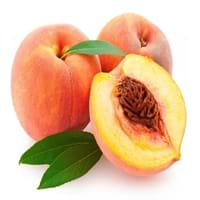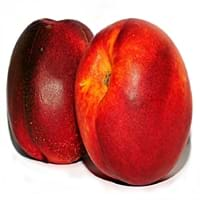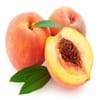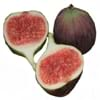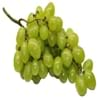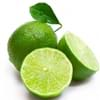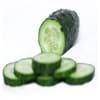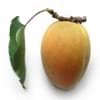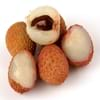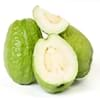Health Benefits
Cancer prevention, Heart care, Improves eye vision, Reduces stress, Regulation of heart rate
Cancer prevention, Heart care
General Benefits
Anti oxidant properties, Eye care
Anti oxidant properties, Boosts immune system, Digestive aid, Eye care, Helps in weight loss, Maintains healthy cholesterol level
Skin Benefits
Heals sunburn, Reduces wrinkles, Treatment of skin diseases
Anti-aging benefits, Reduces wrinkles, Skin rejuvenation
Hair Benefits
Prevents hair loss
Protects hair
Allergy Symptoms
Abdominal pains, Anaphylaxis, Breathing difficulty, Diarrhea, Dizziness, Hives, Itching, Lightheadedness, Nasal congestion, Nausea, Swelling of mouth, tongue or lips, Tingling sensation in mouth, Vomiting, Wheezing
Anaphylaxis, Asthma, Breathing difficulty, Diarrhea, Hives, Itching, Itchy eyes, Skin rash, Sneezing, Swelling of mouth, tongue or lips, Tingling sensation in mouth, Vomiting, Watery eyes, Wheezing
Side Effects
Allergic reaction
Allergic reaction, Headache, Nausea
Best Time to Eat
As a snack in the late afternoon, Eat the fresh ones, avoid mixing with any other foods, don't eat after meal., Morning time (before lunch)
Best if taken as a breakfast (or empty stomach), As a snack in the late afternoon, Eat the fresh ones, avoid mixing with any other foods, don't eat after meal., Morning time (before lunch)
Vitamin B5 (Pantothenic Acid)
Vitamin C (Ascorbic Acid)
Vitamin K (Phyllochinone)
Phytosterol
Not Available
Calories in Fresh Fruit with Peel
Calories in Fresh Fruit without Peel
Not Available
Not Available
Calories in Frozen Form
Not Available
Calories in Canned Form
Not Available
Type
Tree fruit
Tree fruit
Season
Autumn, Summer
Autumn, Summer
Varieties
Reliance, Sweet Scarlet, Spring Snow, Sugar May, Santa Rosa, Red Beauty, Glowhaven, Cresthaven and Redhaven Peaches
Arctic Jay, Artic Rose, Artic Star, Armking, Desert Dawn, Fairlane, Fantasia, Silver Lode, Snow Queen, Stanwick and Stark Sunglo
Color
Pink, Red, White, Yellow, Yellowish-orange
Orange, Pink, Red, Yellow
Inside Color
Yellow
Yellow
Soil Type
Sandy loam, Well-drained
Sandy loam
Climatic Conditions
Cold, Warm
Sunny, Warm
Facts about
- In china, peaches are considered as a symbol of good luck.
- From 1982, august is National peach month in USA.
- In roman times, Peaches were also called as Persian apples, as people assumed that they originated from Persia.
- The name ‘nectarine’ is with reference to the sweet food the gods eat, ‘nectar’.
- Nectarines are sometimes called ‘shaved peaches’ because their skin is smooth with no fuzz.
Spirits
Yes
Not Available
Other Countries
Greece, Italy, Spain, United States of America
Argentina, Chile, Egypt, Greece, Iran, Italy, Spain, Turkey, United States of America
Top Importer
Germany
Germany
Botanical Name
Prunus persica
Prunus persica
Synonym
Not Available
Not Available
Subkingdom
Tracheobionta
Tracheobionta
Division
Magnoliophyta
Magnoliophyta
Class
Magnoliopsida
Magnoliopsida
Species
P. persica
P. persica
Difference Between Peach and Nectarine
We might think that Peach and Nectarine are similar with respect to nutritional value and health benefits. But the nutrient content of both fruits is different. Peach and Nectarine Facts such as their taste, shape, color, and size are also distinct. The difference between Peach and Nectarine is explained here.
The amount of calories in 100 gm of fresh Peach and Nectarine with peel is 39.00 kcal and 44.00 kcal and the amount of calories without peel is Not Available and Not Available respectively. Thus, Peach and Nectarine belong to Low Calorie Fruits and Low Calorie Fruits category.These fruits might or might not differ with respect to their scientific classification. The order of Peach and Nectarine is Rosales and Rosales respectively. Peach belongs to Rosaceae family and Nectarine belongs to Rosaceae family. Peach belongs to Prunus genus of P. persica species and Nectarine belongs to Prunus genus of P. persica species. Beings plants, both fruits belong to Plantae Kingdom.
